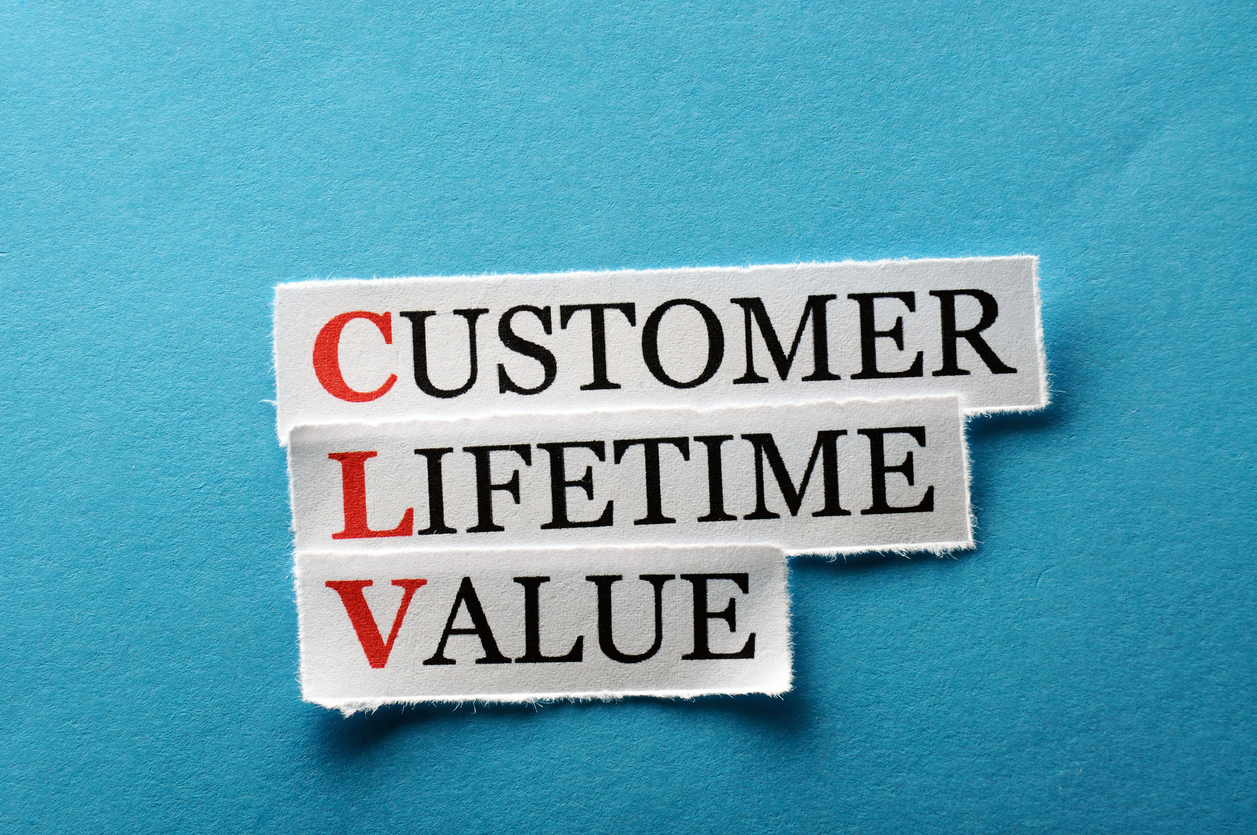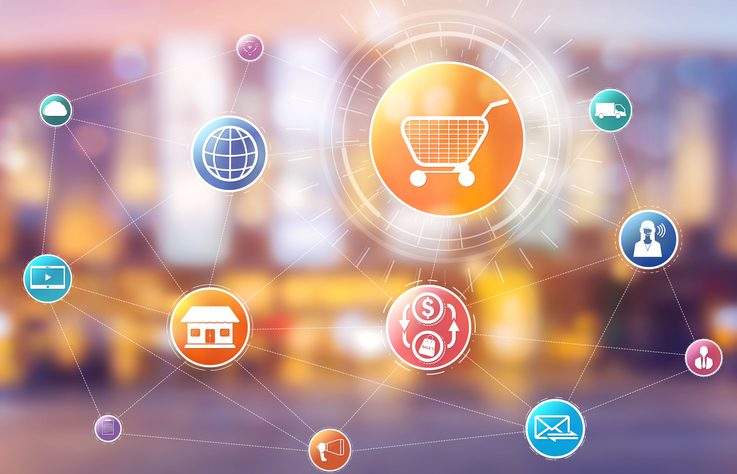
Maximizing Profitability: How to Calculate and Improve Customer Lifetime Value
Understanding your customers is not just a necessity but a pivotal aspect of sustaining and enhancing your business. One crucial metric that can significantly impact your business strategy is the customer lifetime value (CLV). Knowing how to calculate customer lifetime value can transform your approach to marketing, sales, and customer service, ensuring you allocate resources more effectively and increase the return on your investment.
What Is Customer Lifetime Value?
Customer lifetime value represents the total revenue you can expect from a customer throughout their association with your business. It’s a forecast of the net profit attributed to the entire future relationship with a customer. Understanding CLV helps you make informed decisions about how much money to invest in acquiring new customers and retaining existing ones.
The Importance of Calculating Customer Lifetime Value
Calculating CLV provides several benefits, including improved customer segmentation, enhanced return on investment, and strategic customer retention.
Improved Customer Segmentation
Delving into the metrics that underline customer lifetime value (CLV) equips businesses with the knowledge of which customers are most profitable over time. This insight is invaluable for fine-tuning marketing strategies to cater specifically to segments that mirror your most valuable customers. For example, if data shows that a particular demographic or customer behavior correlates with higher CLV, efforts can be concentrated on engaging similar profiles. This targeted approach enhances the effectiveness of marketing campaigns. It also maximizes the chances of attracting customers with a higher potential value to the business. By tailoring messages, offers, and experiences to these segments, you can ensure that resources are utilized where they have the most impact. This leads to improved customer acquisition and satisfaction rates.
Enhanced Return on Investment (ROI)
Understanding the customer lifetime value is pivotal in making informed decisions about how much money should be invested in acquiring and retaining customers. When businesses have a clear grasp of their CLV, they can allocate their marketing budgets with precision. This helps prevent overspending on low-value customers and underinvesting in high-value ones. This strategic allocation of resources ensures that marketing efforts are not just casting a wide net, but rather, are smartly invested in channels and strategies that are proven to yield the highest return on investment. By prioritizing expenditures on high-CLV customer segments, businesses can dramatically improve the efficiency of their marketing spend. This leads to a healthier bottom line and a more sustainable business model.
Strategic Customer Retention
It’s a well-established business axiom that retaining an existing customer is significantly less expensive than acquiring a new one. With a deep understanding of customer lifetime value, businesses can pinpoint which customers are crucial to retain due to their high potential value. This knowledge enables the implementation of tailored retention strategies aimed at keeping these key customers engaged and satisfied over the long term. The goal is to ensure these valuable customers feel recognized and valued. Businesses can achieve this through personalized communication, loyalty programs, and exceptional customer service. Investing in customer retention is not just about maintaining a steady revenue stream. It’s about cultivating a loyal customer base that will continue to drive profitability far into the future.

How to Calculate Customer Lifetime Value
You can approach calculating CLV through various equations, depending on the complexity of your business and the data available. However, a simple and widely used formula is:
CLV = (Average Purchase Value x Purchase Frequency) x Customer Lifespan
- Average Purchase Value: Determine this metric by dividing your company’s total revenue within a certain time frame by the total number of purchases made in that period. This reveals the average spend per transaction.
- Purchase Frequency: Measure this by dividing the total number of purchases in a period by the distinct number of customers who made those purchases. This metric highlights how often customers buy.
- Customer Lifespan: This is an estimated duration a customer keeps purchasing from your business. It’s calculated based on historical data and patterns of customer engagement and transaction history.

Incorporating Omnichannel Personalization
One strategy that significantly impacts CLV is Omnichannel Personalization. By providing a seamless customer experience across all channels, you enhance customer satisfaction. Additionally, you increase the likelihood of repeat purchases, thereby boosting CLV. Personalization strategies can include targeted marketing campaigns, personalized product recommendations, and tailored customer support. All of these ultimately contribute to a positive and unified customer experience.
Practical Steps to Improve CLV
- Enhance Customer Experience: Elevating the customer experience involves ensuring that every interaction a customer has with your business, from browsing your website to contacting customer service, is positive. Every interaction should be consistent across all channels and personalized to the customers’ needs. Tailoring the customer experience in this way can significantly increase satisfaction and loyalty.
- Implement Loyalty Programs: Loyalty programs are a strategic way to reward repeat customers, encouraging them to continue choosing your business. By offering discounts, special offers, or early access to new products, you acknowledge and reward their loyalty. These programs not only incentivize repeat business but also foster a sense of belonging among your customer base.
- Focus on Customer Feedback: Actively seeking and listening to customer feedback is essential for continuous improvement. By understanding your customers’ needs and concerns, you can make informed adjustments to your products and services. This ongoing dialogue with your customers demonstrates that you value their input, which can enhance customer satisfaction and loyalty.
Beyond the Basics
Calculating and improving your customer lifetime value is an ongoing effort that requires continuous refinement and adaptation. It’s about building long-term relationships with your customers, understanding their needs and preferences, and delivering value at every opportunity. By focusing on CLV, you boost your profitability. You also forge stronger connections with your customers, ensuring they remain loyal advocates of your brand for years to come.
For those eager to delve deeper into enhancing their customer lifetime value and implementing effective strategies such as Omnichannel Personalization, Contact Us for a free consultation. Let’s explore how we can elevate your business together.














